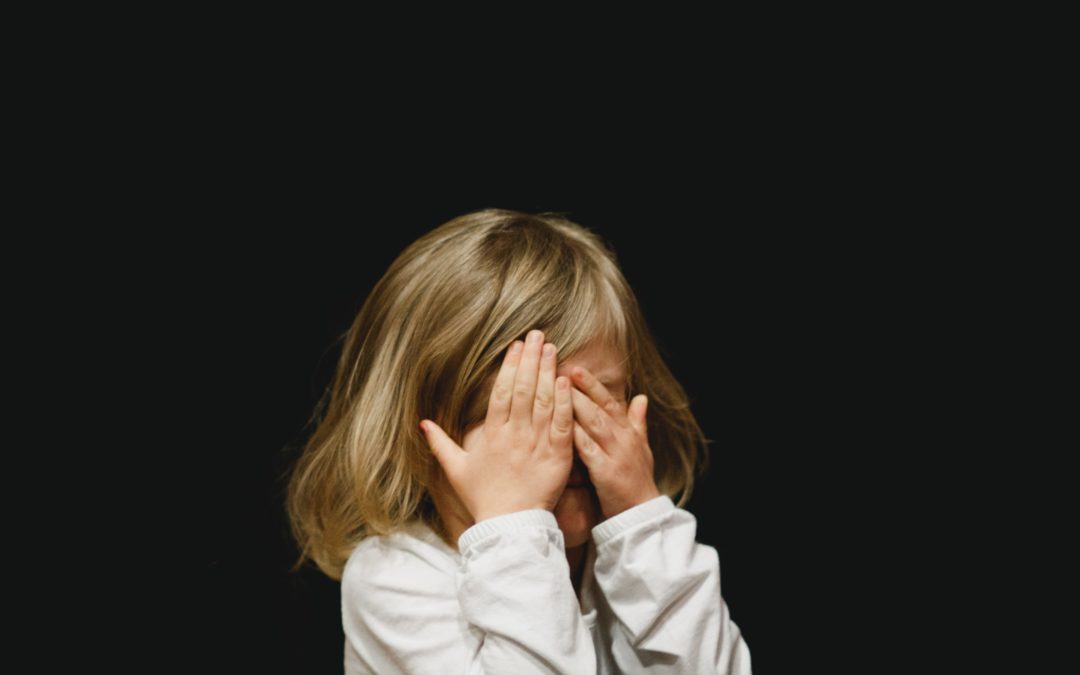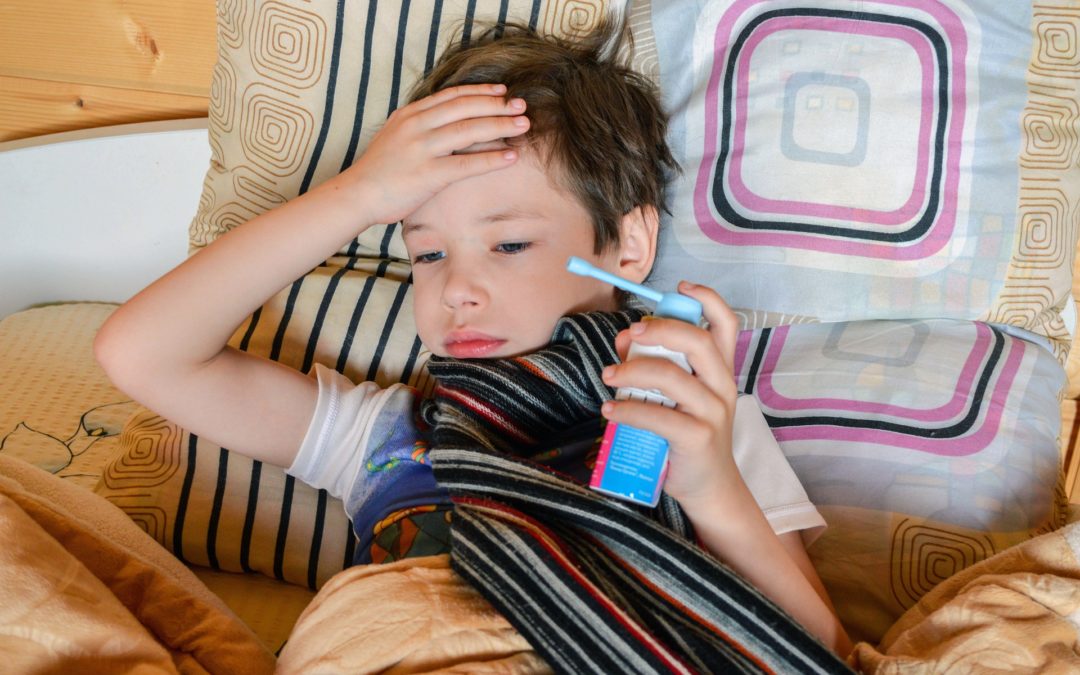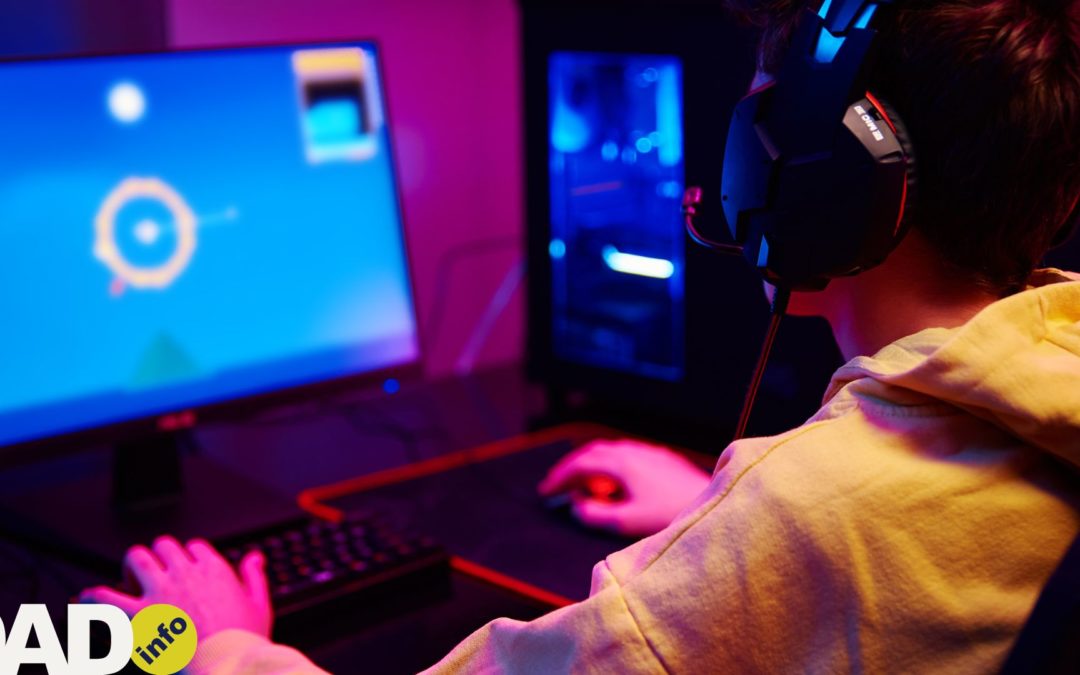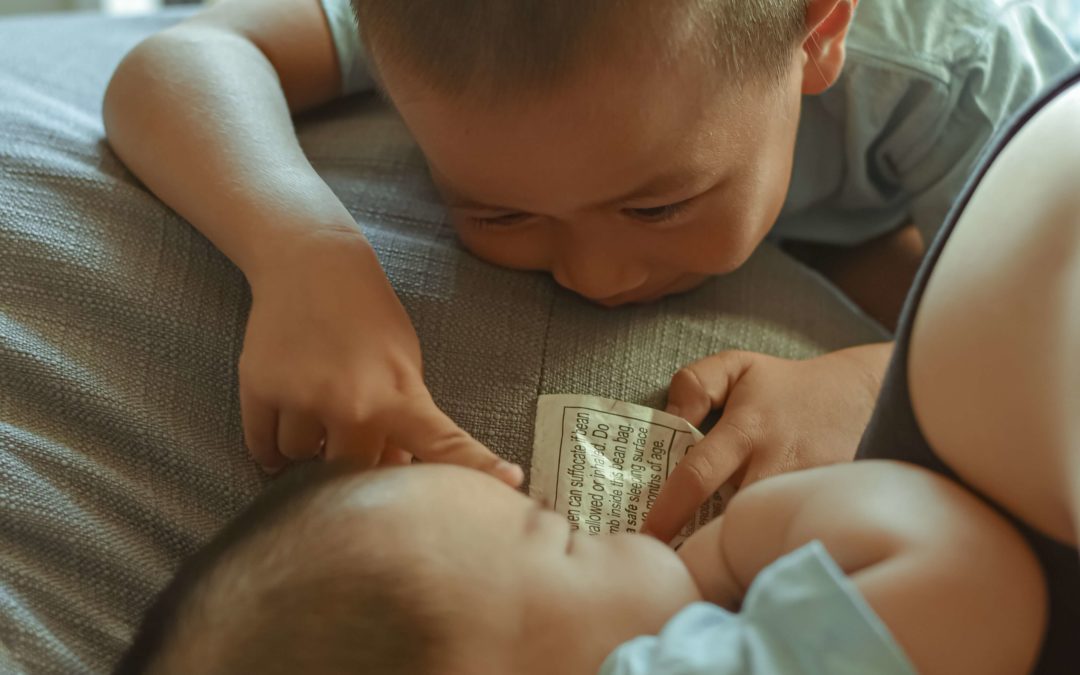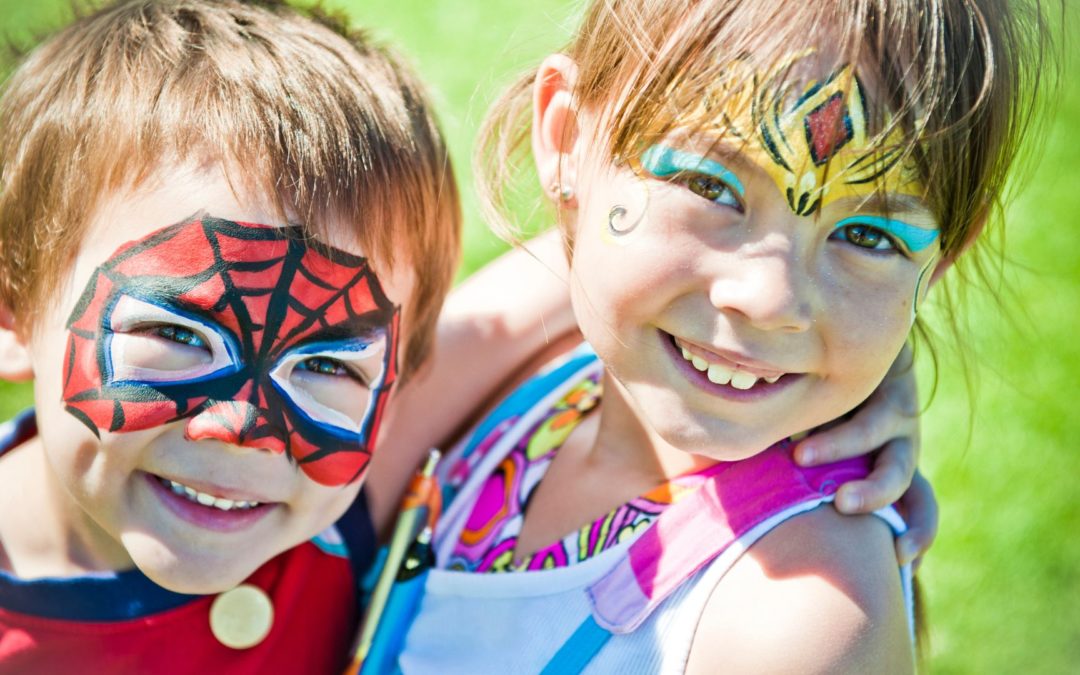Remember learning how to ride a bike? Falling off, grazing your knees, and that wonderful, exhilarating moment when you got the hang of two wheels? Well, guess what? You’re going to go through it all again, only this time it’s your child you’ll be pulling out of the bushes…
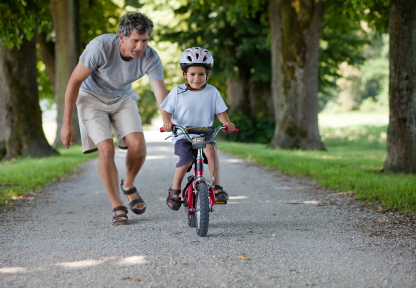
Learning to ride a bicycle helps your child grow in confidence and gain new skills. However, whilst some kids take to cycling like Bradley Wiggins, others need a little more encouragement and practice. Here’s how you can help.
WHAT YOU’LL NEED
Which bike?
Apart from patience, the most important thing you’ll need is, of course, a bike! When it comes to children’s bikes, there are absolutely loads to choose from. While the traditional image of that special first bike, is of one with stabilisers, there is another option which many experts highlight as being a brilliant choice for helping children learn to ride – the balance (or strider) bike.
This is basically a bike with no pedals and no stabilisers, so your child gets around by scooting along the ground with their feet.
The benefits of a balance/strider bike are:
They can start learning to ride one of these from a younger age than a ‘traditional’ bike, anywhere around 2 years old, as long as you make sure that the bike and seat are the right height for them. Starting earlier will allow them to build their experience and confidence more easily and quickly.
- It is a great bike for reaffirming their confidence, as their feet are in contact with the floor at all times, no worries about falling off! However, as they get practised, this won’t hold them back from scooting along with serious speed!
- They allow your child to be more independent with their bike. They can easily get on/off it themselves, and it is less likely to have a stabiliser get caught in or against something.
- Stopping on a balance bike is pretty instinctive – you just put your feet down! This means it is an easy and safe way for your child to learn one of the most important parts about riding – how to stop!
- And one of the biggest benefits of using a balance/strider bike, is that your child learns to develop their sense of balance very gently, but from the start. There is no balance needed to ride with stabilisers, so your child doesn’t get the opportunity to learn this until they are taken off.
If you have already started off your child on a bike with stabilisers but you like the sound of the balance/strider bike, you don’t need to buy them a whole new bike, you can just take the pedals (and stabilisers) off!
What size bike?
The smallest bikes, have 12in wheels, although there are a few on the market with 10in wheels, but these are not usually recommended as they are so quickly outgrown.
Choosing the right bike for your child is about finding what is the right size for their height. It is important to do it this way, rather than on estimates based on their age, as this can vary so much. To be really sure, take your child along to a good bike shop to find the right size.
Safety Gear
In the UK, there is no legal requirement for children to wear a cycle helmet, however, this does not mean that it isn’t a good idea, and there are many countries, such as Australia where it is the law.
Children’s skeletons are still growing and developing, and while getting the odd scraped knee is not a big deal, a head injury from falling off a bike can be life threatening.
When buying a helmet:
- Only buy new, second hand helmets could have been damaged which can make them ineffective, but you won’t be able to tell this by just looking.
- Take your child with you to buy a helmet – it is not as simple as buying a standard size as each individual helmet will fit a little differently. Go to a reputable bike shop where they can check the fit.
Depending on what kind of riding your child will be doing, or how you feel about protecting them from accidents, you have the option of buying cycling gloves, or knee and elbow pads.
Other essentials
Inevitably, tyres go flat, and it is always at the worst time! So make sure you have a puncture repair kit and a pump!
That’s it; you’re ready to roll.
Life skills you can teach your child
WHEN AND WHERE TO START
When is the right time to upgrade your child to their first ‘proper’ bike, helping them get going is very individual – it will depend on how keen they are to do it, how much and what kind of experience they have riding a bike already, how confident they are – if you wait until they are ready and want to learn, they are more likely to pick it up!
Find somewhere with lots of room, like a big empty car park with a surface like tarmac, rather than grass. While grass might give a softer landing, it is also much harder to ride on, making falling off, or even not being able to get going at all, more likely! You also want lots of room, so they don’t have to worry about steering right away, and can just learn to stay balanced.
Some things to plan ahead for in your child’s life
HOW TO TEACH YOUR CHILD
There are two ways to help your child learn to ride their bike, the parent-led approach, or the child-led approach.
Child-led
This basically means allowing your child to just play with their bike, to mess about with it, finding their own balance in their own time with no pressure.
This can be a good way if you have space at home for them to practice on their own, or if you have a child who is less confident. Children can learn quite quickly this way, and it can build their confidence as it allows them to decide how much they want to try and how quickly.
Parent-led
This is the more traditional image many of us have in mind of a parent holding on the bike and then letting go! If this is the way you want to approach it, here are some top tips:
- DON’T teach your child to balance before showing them how to stop. The reason why kids pedal off and crash into trees is generally because they don’t know how to brake.
- DO tell your child to keep the brakes on when they’re not cycling.
- Support their bike by the handlebars and balance for them while they get used to the pedals and brakes.
- Get them to set off, pedal a couple of times and brake, while you balance for them.
- When they know how to stop, move behind them and hold their hips or shoulders. Show them that they should always steer the way they are falling, as this puts the bike back under them.
- And remind them to keep looking up and ahead, not down at their feet!
Carry on like this until they have the eureka moment – when everything suddenly falls into place and they can ride without you supporting them.
However, you approach it, soon there’ll be no stopping your child, meaning that you get to sit back on the park bench and watch while they whizz by happily, or even better, get on your own bike too, and both enjoy some exercise together!




